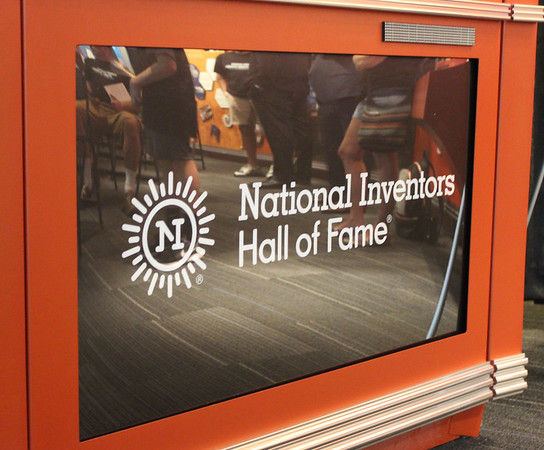 The 2022 class of inductees into the National Inventors Hall of Fame (NIHF), announced earlier this week, includes the inventors of the foundational technology for messenger ribonucleic acid (mRNA)-based vaccines, the Super Soaker, and Laserphaco cataract surgery. In all, 29 inductees will be honored at the Annual National Inventors Hall of Fame Induction Ceremony on May 5 of next year. Twenty-two of these inventors were announced in 2020.
The 2022 class of inductees into the National Inventors Hall of Fame (NIHF), announced earlier this week, includes the inventors of the foundational technology for messenger ribonucleic acid (mRNA)-based vaccines, the Super Soaker, and Laserphaco cataract surgery. In all, 29 inductees will be honored at the Annual National Inventors Hall of Fame Induction Ceremony on May 5 of next year. Twenty-two of these inventors were announced in 2020.
Lonnie Johnson, Super Soaker®

Photo: USPTO
The Super Soaker®, was the number one selling toy in the world in 1992, and in the top ten almost every year since. Lonnie Johnson has been inventing since he was in high school in Alabama, in the midst of the civil rights movement and all of the attendant hurdles for a young black inventor, and today spends much of his time doing outreach to underrepresented students in STEM fields. I interviewed Johnson in 2017 for the IPO Education Foundation’s former interview series and he explained that, while the patent system is crucial to the success of small inventors, “the way its set up now—between the expenses and the first-to-file rule—puts the small company at a disadvantage.”
Marion Croak, VoIP (Voice over Internet Protocol) Technology
Marion Croak is a Vice President of Engineering at Google and an inventor on more than 200 patents in technological areas, including Voice over Internet Protocol (VoIP) and text-to-donate. Croak previously worked for Bell Labs on the traditional voice network. As the internet began to evolve, Croak realized that it was possible to transmit voice traffic over the internet, which would be a “more efficient and ubiquitous network” than the once currently in place. In an interview with the USPTO, Croak noted that “[I]t seemed to me like the internet would be a perfect substitute for what we had been doing, because you could actually combine voice and data traffic into one network.” Following the events surrounding Hurricane Katrina in New Orleans in 2005, Croak was motivated to develop the text-to-donate technology to allow individuals to text a donation to nonprofit organizations, such as the Red Cross.
Katalin Karikó and Dr. Drew Weissman: Modified mRNA Technology Used in COVID-19 Vaccines
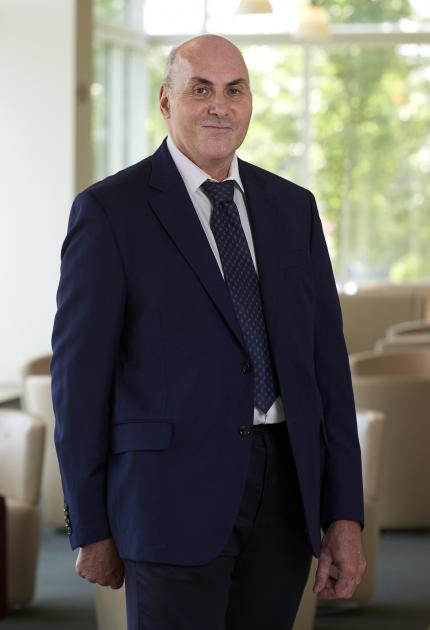
Photo: USPTO
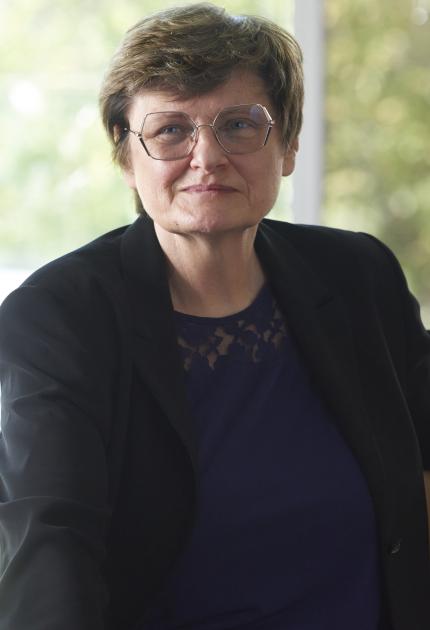
Photo: USPTO
These two inventors have now saved millions of people. Their research dates back to the turn of this century and is a good counter to anti-vaxxer arguments that contend the mRNA vaccines are not safe because they’re too new. Karikó and Weissman discovered in the early 2000s that exchanging one of the four building blocks of messenger RNA (mRNA) molecules, uridine, with pseudouridine, created a modified mRNA with favorable qualities, including reduced adverse reactions. This paved the way for modified mRNA to be potentially used in a wide array of future vaccines and treatments, including the Pfizer-BioNTech and Moderna vaccines
Patricia Bath, Laserphaco Cataract Surgery (Posthumous)
Patricia Bath was the first African American female doctor to receive a patent for a medical invention and holds five U.S. patents, three of which relate to the Laserphaco Probe. In 1973, Bath became the first African American to complete a residency in ophthalmology. During her ophthalmology studies at Columbia University, Bath learned that African Americans were twice as likely to suffer from blindness and eight times more likely to develop glaucoma. This realization fueled her to research and develop the Laserphaco Probe, which increased the availability and affordability of ophthalmologic care for those who may otherwise be unable to afford treatment. Her first patent, U.S. Patent No. 4,744,360, directed to the Laserphaco Probe was titled “Apparatus for ablating and removing cataract lenses” and issued on May 17, 1988. She died in 2019.
Carl Benz: Modern Automobile (Posthumous) and James Buchanan Eads: American Infrastructure and Defense (Posthumous)
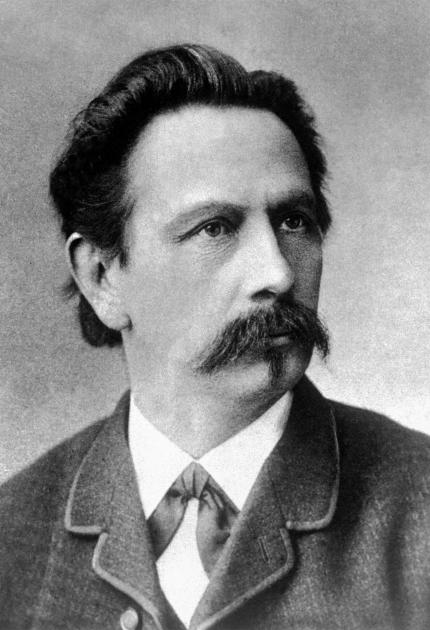 The final two inductees lived between 1820 and 1944 and invented technology that remains foundational and elemental to American society.
The final two inductees lived between 1820 and 1944 and invented technology that remains foundational and elemental to American society.
Benz invented the framework for the modern automobile by becoming the first to design a car around an internal combustion engine and later building “the first practical, gasoline-powered automobile to be commercially available.”
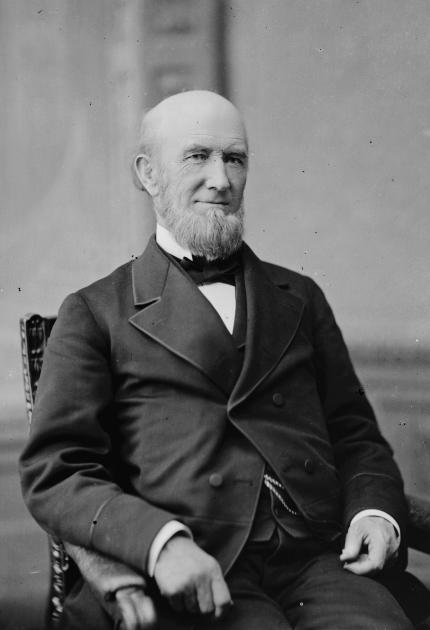 Eads made a series of inventions that improved American infrastructure and defense, and helped the Union to win the war, during the 1800s. These ranged from an improved diving bell to a fleet of ironclad warships to a revolving, steam-powered gun turret for ironclad monitors. He also helped to complete major infrastructure projects, including construct the first bridge to span the Mississippi River and the construction of a series of jetties that allowed clear access for large ships from the Mississippi River into the Gulf of Mexico.
Eads made a series of inventions that improved American infrastructure and defense, and helped the Union to win the war, during the 1800s. These ranged from an improved diving bell to a fleet of ironclad warships to a revolving, steam-powered gun turret for ironclad monitors. He also helped to complete major infrastructure projects, including construct the first bridge to span the Mississippi River and the construction of a series of jetties that allowed clear access for large ships from the Mississippi River into the Gulf of Mexico.

![[IPWatchdog Logo]](https://ipwatchdog.com/wp-content/themes/IPWatchdog%20-%202023/assets/images/temp/logo-small@2x.png)

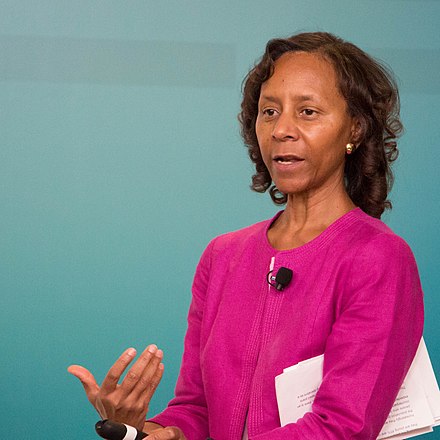
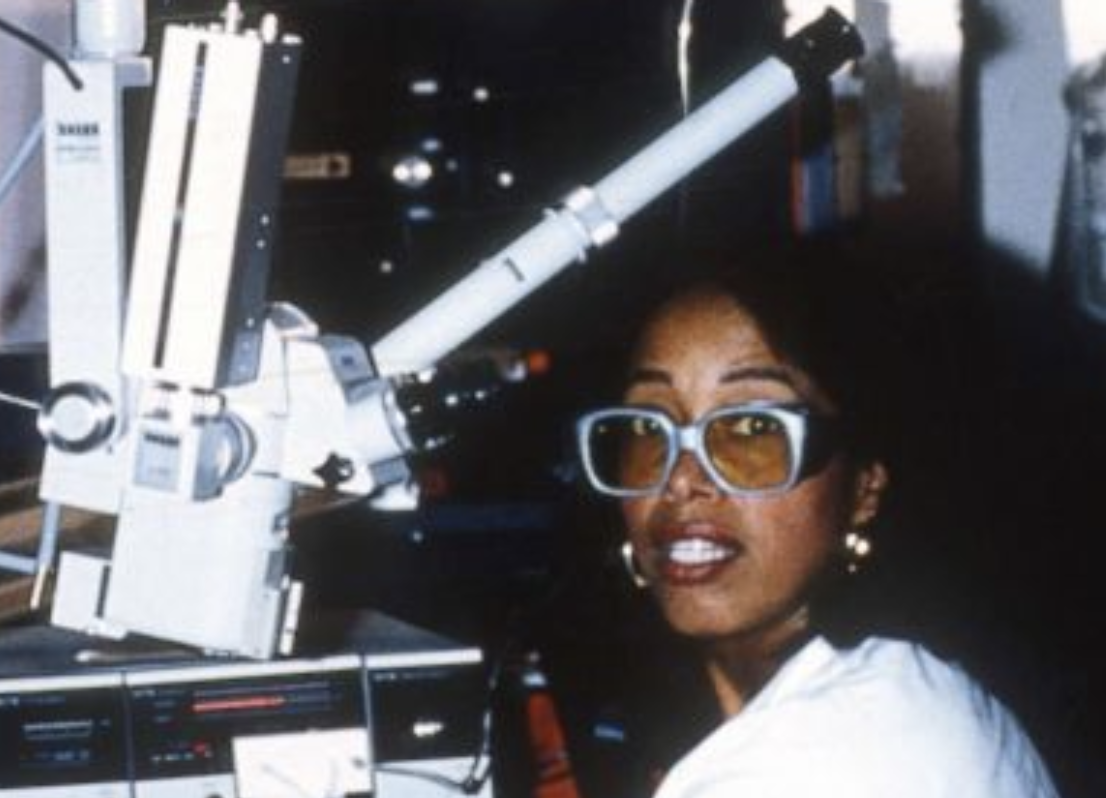
![[Advertisement]](https://ipwatchdog.com/wp-content/uploads/2024/04/Patent-Litigation-Masters-2024-sidebar-early-bird-ends-Apr-21-last-chance-700x500-1.jpg)

![[Advertisement]](https://ipwatchdog.com/wp-content/uploads/2021/12/WEBINAR-336-x-280-px.png)
![[Advertisement]](https://ipwatchdog.com/wp-content/uploads/2021/12/2021-Patent-Practice-on-Demand-recorded-Feb-2021-336-x-280.jpg)
![[Advertisement]](https://ipwatchdog.com/wp-content/uploads/2021/12/Ad-4-The-Invent-Patent-System™.png)







Join the Discussion
No comments yet.